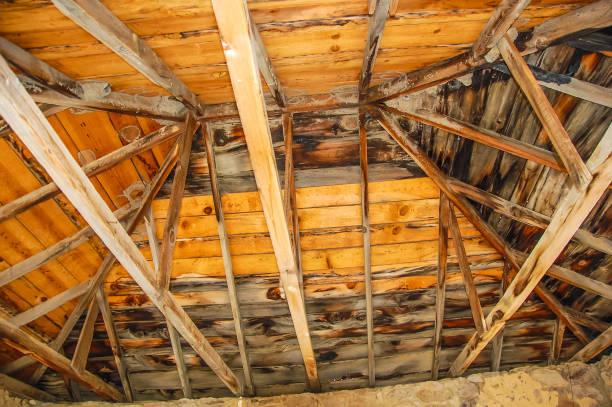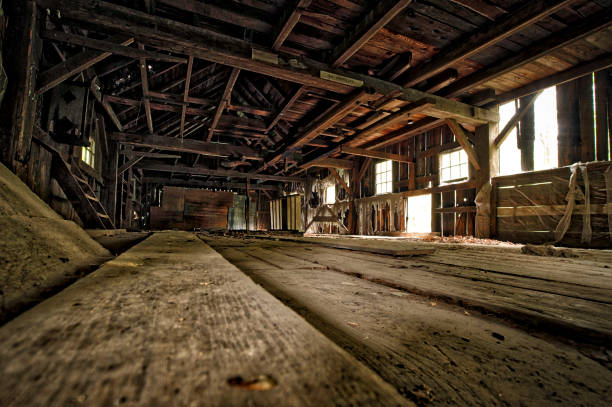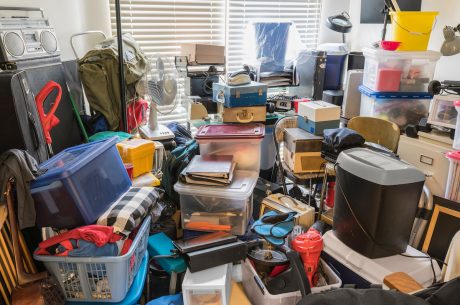If you’ve noticed a musty odor, discolored wood, or dark spots on the ceiling beneath your attic, you could be facing a serious issue: mold in your attic.
In Sammamish, where wet seasons dominate much of the year and rooflines endure long stretches of damp weather, mold thrives—especially in neglected attic spaces. The scary part? Most homeowners don’t even know it’s there until the damage is extensive.
Why Mold in Your Attic Happens So Often in Sammamish
The #1 reason attics in Sammamish grow mold is poor ventilation. When warm, moist air rises from your home and gets trapped in an unventilated attic, condensation builds on cold surfaces—especially wood and insulation.
Once moisture settles in, spores find a home. And that’s all mold needs to flourish.
Combine that with:
- Roof leaks from heavy rainfall
- Poorly installed insulation
- Blocked soffit or ridge vents
- Bathroom fans venting into the attic (not outside)
…and you have a recipe for one of the most destructive home issues in the Pacific Northwest: mold in your attic.
The Warning Signs of Mold in Your Attic
Knowing what to look for is key. Here are common red flags:
- Dark staining on plywood or rafters
- A musty, earthy odor near the ceiling or in upper rooms
- Peeling paint or water stains on the ceiling below the attic
- Increased allergy symptoms or breathing issues indoors
- Visible mold growth on insulation or beams
If you spot even one of these, it’s time to take action.
What Happens if You Ignore Mold in Your Attic?
It won’t stay up there quietly. Mold is invasive, fast-growing, and destructive. Here’s what happens if you leave it untreated:
1. Structural Damage
Mold eats through wood. Over time, it weakens beams, roof decking, and joists—jeopardizing the safety of your home.
2. Indoor Air Contamination
Spores don’t stay in the attic. They travel through ventilation systems and leaky ceilings, leading to poor indoor air quality and potential health effects.
3. Expensive Repairs
A small mold patch today can become a $10,000+ remediation project tomorrow if it spreads through your insulation, drywall, or HVAC system.
4. Lower Property Value
Homebuyers are quick to walk away from properties with a history of mold—especially when it’s been in structural areas like the attic.
How to Remove Mold in Your Attic the Right Way
You might be tempted to handle it yourself—but attic mold isn’t a DIY project. Here’s what proper mold in your attic removal involves:
✅ Step 1: Inspection & Moisture Mapping
A professional will check the attic thoroughly, using thermal imaging or moisture meters to find the source.
✅ Step 2: Containment
The affected space must be sealed off to prevent spores from contaminating other areas of the home.
✅ Step 3: HEPA Filtration & Air Scrubbing
Professionals use HEPA filters and negative air machines to clean airborne mold spores.
✅ Step 4: Material Removal & Cleaning
Contaminated insulation or drywall is removed. Wood framing is scrubbed, sanded, and treated with anti-microbial agents.
✅ Step 5: Ventilation Fixes
Finally, a good mold remediation company will fix the underlying problem—like clearing soffits, installing baffles, or redirecting vent ducts—to ensure mold doesn’t return.
Why DIY Solutions Fail for Attic Mold
Bleach, vinegar, or mold sprays might seem effective on the surface—but they don’t solve what’s underneath. Mold roots dig into wood fibers and will regrow if not professionally addressed.
Plus, DIY attempts often disturb spores, spreading them further into your home without proper containment.
How Sammamish’s Climate Feeds Attic Mold
Sammamish experiences over 150 days of precipitation a year, with average humidity levels ranging from 75% to 90%.
In winter, warm indoor air meets cold attic surfaces, causing dew point condensation—and that’s the ideal breeding ground for mold in your attic.
Learn more about moisture and indoor air quality at EPA.gov

Mold in Your Attic Can Affect Your Health, Too
Even if you don’t spend time in your attic, the air does. When attic mold spores enter your home’s air supply, it can lead to:
- Worsened allergies or asthma
- Chronic respiratory issues
- Eye, nose, and throat irritation
- Fatigue or headaches
And for those with compromised immune systems, mold exposure can be severely dangerous.
FAQs: Mold in Your Attic
How do I know if I have mold in my attic without going up there?
Look for ceiling stains, musty odors in upstairs rooms, or increased allergy symptoms. A professional mold inspection can confirm presence without you needing to crawl into tight attic spaces.
Can attic mold go away on its own?
No. Mold spores are persistent and will remain dormant until they get moisture again. Proper remediation and moisture control are the only solutions.
Is attic mold covered by homeowners insurance?
Sometimes—especially if the mold was caused by a covered peril like a roof leak. PuroClean of Renton can help guide you through the insurance claims process.
How long does it take to remove mold in your attic?
A typical mold remediation process can take 1–5 days, depending on severity. More complex structural damage may take longer.
How can I prevent mold in my attic going forward?
Ensure proper attic ventilation, seal roof leaks, redirect exhaust fans outside (not into the attic), and maintain insulation to prevent condensation.
Call PuroClean of Sammamish Before Mold Wrecks Your Home
Mold in your attic is more than a nuisance—it’s a threat to your home, your health, and your finances. If you suspect attic mold, don’t wait.
At PuroClean of Sammamish, we’re specialists in mold damage restoration, offering:
- Free visual inspections
- Infrared moisture detection
- Certified mold remediation
- Ventilation and humidity control solutions
- Insurance coordination
📞 Call us now at (425) 947-1001
🌐 Visit our site to schedule a mold assessment
We stop attic mold before it spreads—and help you breathe easy again.



